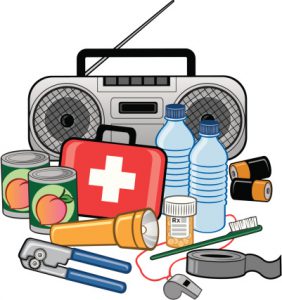 Congratulations, you have quit smoking. You have accomplished a major milestone in your journey to achieving good health. A challenge you may face after your Quit Day is remaining tobacco free by resisting the temptation to smoke again. Coping with tobacco cravings can be difficult; however, by applying the following tips you can decrease the urge to smoke:
Congratulations, you have quit smoking. You have accomplished a major milestone in your journey to achieving good health. A challenge you may face after your Quit Day is remaining tobacco free by resisting the temptation to smoke again. Coping with tobacco cravings can be difficult; however, by applying the following tips you can decrease the urge to smoke:
- Remove yourself from situations that may trigger the urge to smoke
- Spend free time in environments where smoking is not allowed
- Reduce alcohol consumption
- Create or join a support group
- Think about how harmful tobacco is to your health
- Think about the health benefits you will gain by remaining smoke free
- Try nicotine replacements such as gum, patches or prescription medications
- Do not have just one cigarette to satisfy a craving- one cigarette will make you want more
- If you miss the feeling of having a cigarette in your mouth try a toothpick, a stick of gum, celery -anything besides a cigarette
- Exercise
- Practice relaxation techniques
- Give yourself credit for each day you are tobacco free
- Envision being tobacco free long-term
Quitting smoking and remaining smoke free can be difficult and requires a life-long commitment but the benefits to your health are immeasurable.
Flushing Hospital Medical Center offers a Freedom from Smoking Tobacco Cessation Program to help you overcome your addiction to tobacco and enjoy the benefits of better health in a fun and interactive environment. Receive personalized attention as well as the support from group members who are experiencing this journey with you. For more information, please call 718-206-8494.
All content of this newsletter is intended for general information purposes only and is not intended or implied to be a substitute for professional medical advice, diagnosis or treatment. Please consult a medical professional before adopting any of the suggestions on this page. You must never disregard professional medical advice or delay seeking medical treatment based upon any content of this newsletter. PROMPTLY CONSULT YOUR PHYSICIAN OR CALL 911 IF YOU BELIEVE YOU HAVE A MEDICAL EMERGENCY.




